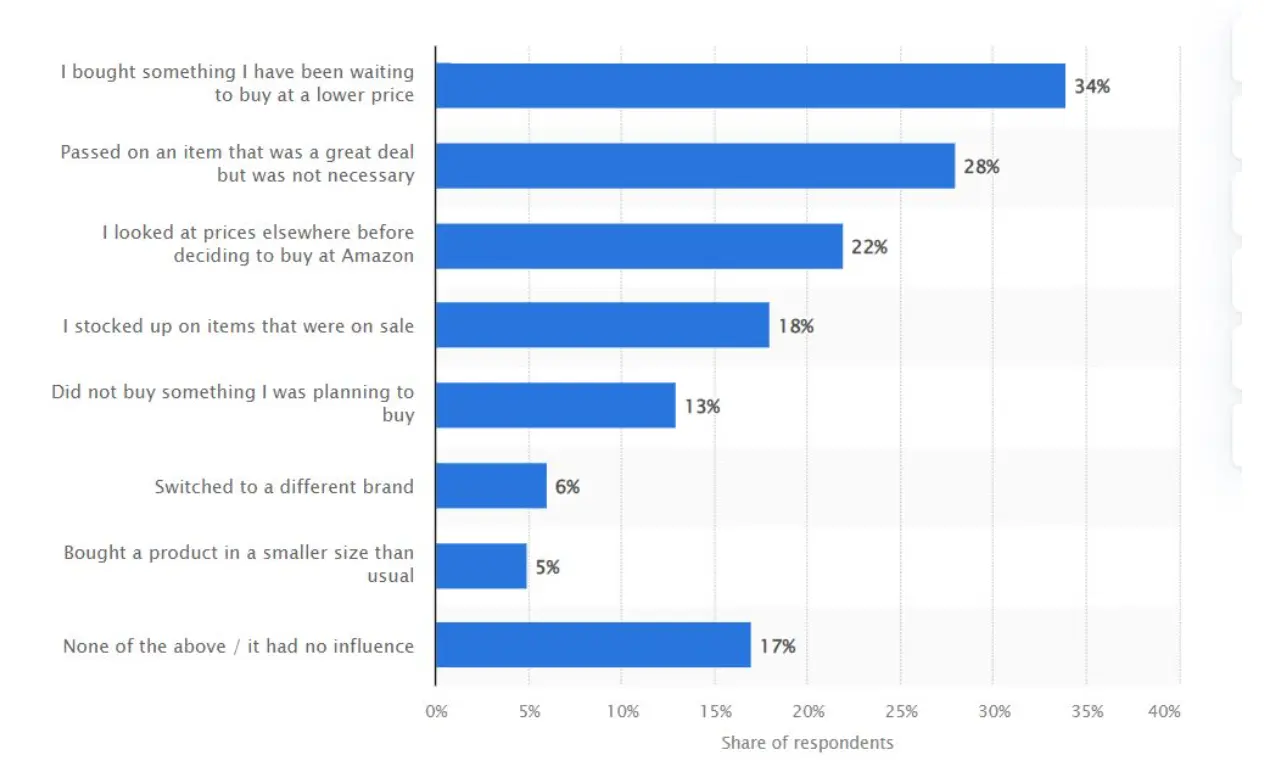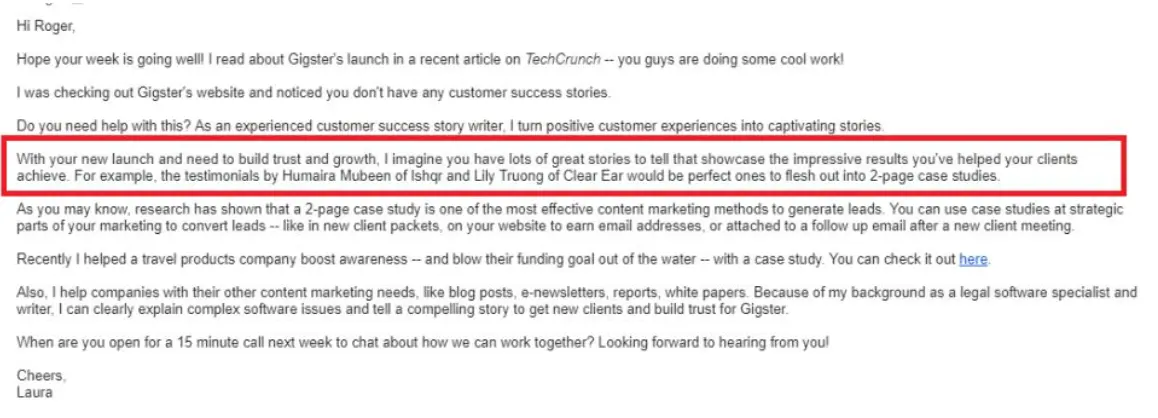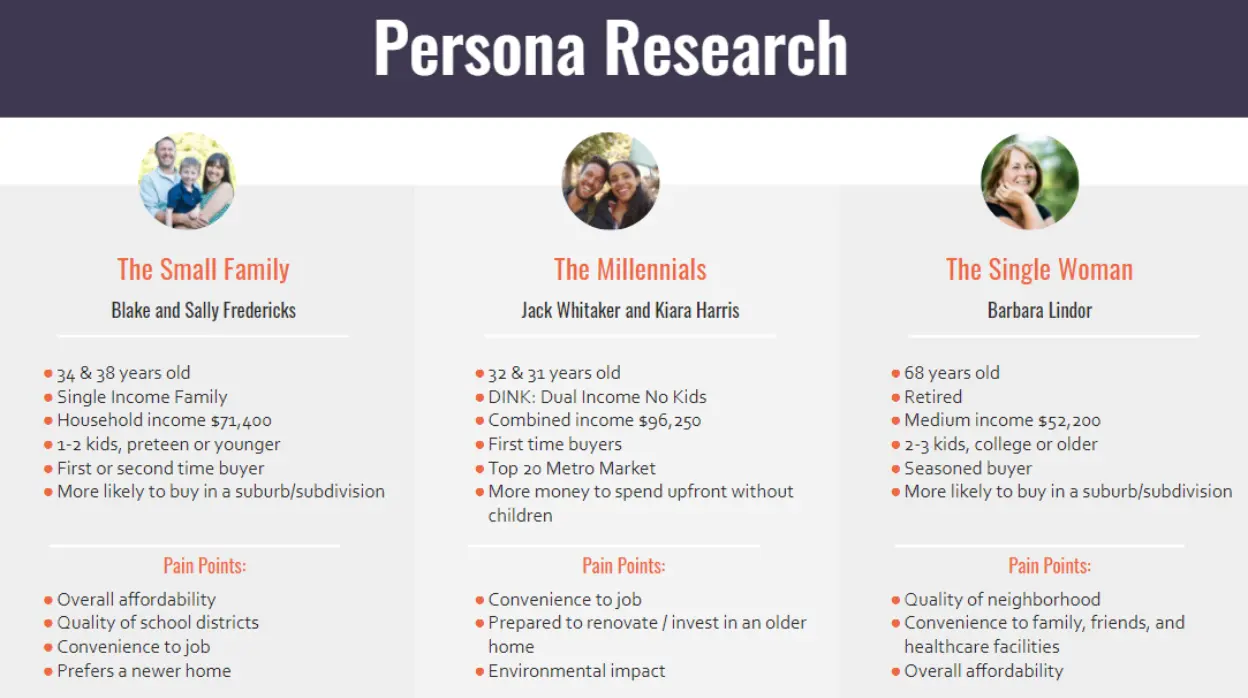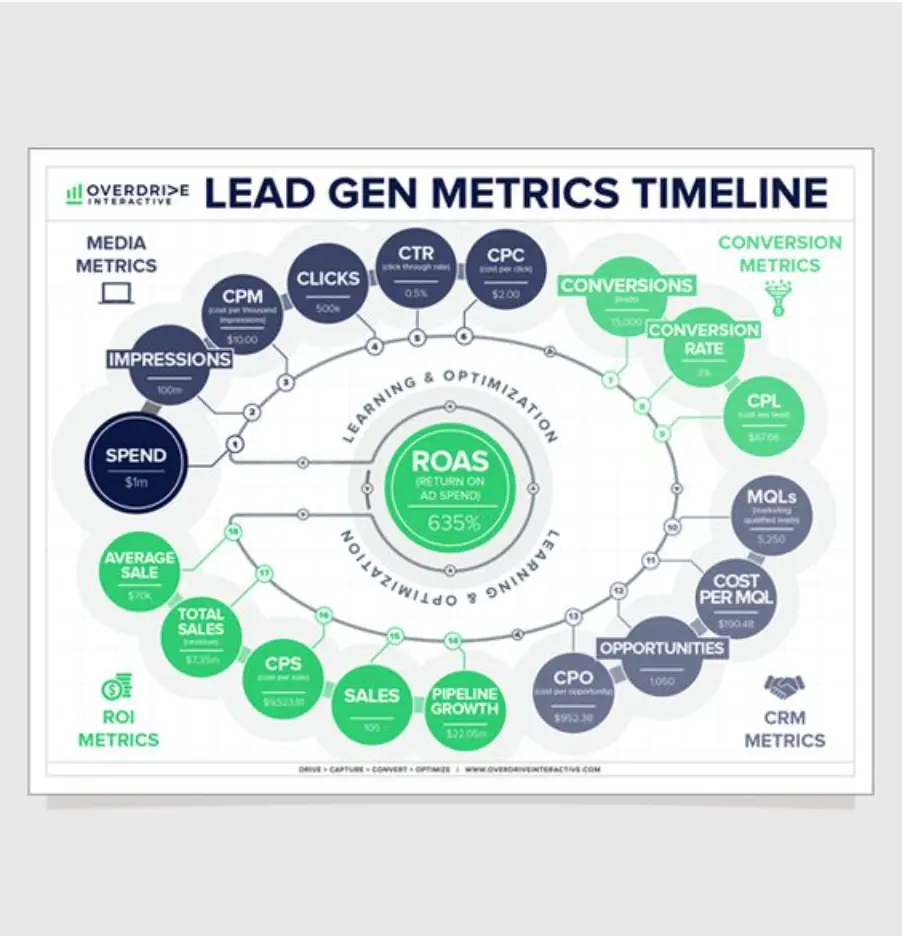Lead generation is often unpredictable, especially for startups and new businesses. There will be times when your customers may come in all at once and times when you’ll struggle to make ends meet.
This uncertainty can make it hard to plan your next lead generation strategy and predict future revenue.
As an entrepreneur, you want to avoid spending your time chasing clients. Of course, you need clients to generate revenue and grow your business, but you must also focus on product development, brand building, marketing, and other aspects.
Therefore, it is essential to build a predictable sales pipeline and plan things around it. This process doesn't necessarily require a huge investment.
The key is determining which customers are already interested in your product or service. After that, you can fine-tune your sales and marketing strategy to reach the right people on the right channels at the right time.
What Makes Lead Generation So Unpredictable?

We live in an era where consumer behavior is constantly changing. The rising price of goods and services, the tense political climate, digital technology, and other factors all play a role.
For example, many consumers switch to cheaper brands and postpone purchasing due to inflation.
Others prefer to buy in smaller quantities, give up luxury goods, or cook at home more often to make savings, notes the Yale School of Management.
At the same time, buyers turn to social media to discover new products and connect with brands. For instance, about 40% of Twitter users say they've purchased products endorsed by influencers on the platform.
Moreover, around 70% of consumers will likely buy goods or services social media users recommend.
These factors can affect lead generation, creating unpredictability and uncertainty. For example, having a great product or service is no longer enough to make sales.
Plus, today's consumers expect personalized experiences, so you can't use a cookie-cutter marketing strategy to reach your audience.
The only way to overcome these challenges is to prepare for multiple outcomes. You'll also need to constantly revise your business plan, look for new opportunities, and stay on top of your numbers.
Understanding your target customers is just as important as it allows you to anticipate their next move.
8 Steps For a More Predictable Sales-Driven Lead Generation System
- Lead generation process review
- Redefine your target audience
- Use marketing segmentation
- Rethink your lead nurture strategy
- Leverage visual content to grow your reach
- Level up cold outreach
- Automate lead generation for better results
- Measure your lead generation efforts
Let's review each step in more detail.
1. Review your lead generation process
Any company, big or small, must keep up with ever-changing customer needs to thrive in a competitive market. Therefore, it's essential to constantly review your lead generation process and adjust it as needed.
The same goes for sales and marketing activities and other business operations. For example, cold calling remains one of the most widely used lead generation strategies, but it once was more effective.
Social media marketing, referral marketing, networking, and other tactics may produce better results in this digital age. Perhaps not surprisingly, only 2% of cold calls result in a meeting.
By comparison, Facebook ads have an average conversion rate of 9% to 10%. These numbers may vary from industry to industry, but it's worth considering when planning your lead generation strategy.
Start by reviewing your lead scoring metrics. Assess the accuracy and determine if the metrics align with your business goals. Next, look at recently closed deals to see what works and what could be improved.
For example, you may realize that some of your best leads came from LinkedIn, so you should focus more on that channel.
Build a multichannel lead generation strategy to expand your reach and gain further insights into the target market.
2. Redefine your target audience
Constantly reviewing your lead generation process can help you identify and address inefficiencies, get higher-quality leads, and drive more sales and growth for your business.
First, redefine your target market to fine-tune customer segmentation and lead nurturing. This step alone won't result in more accurate sales predictions.
Reviewing your lead generation efforts over several months is essential. 10% of prospects will take action after initial contact.
With this approach, you'll better understand your ideal customers and tailor your marketing strategy to meet their needs at every touch point.
A clearly defined audience can reduce sales and marketing costs, increase engagement, and boost conversion rates. Moreover, it helps you stay relevant in your market and maintain a competitive edge.
First, consider who will most likely buy your products or services. Are you targeting men or women? What's their average age and income? Where do they live and work?
If you're selling exercise balls, you can target multiple customer groups. Also, consider how they would use your product.
For example, young people may use your products to build core strength and keep fit, whereas older adults could use them to improve their balance, flexibility, and range of motion.
But you could also target yoga and Pilates instructors, personal trainers, or physical therapists. With these aspects in mind, go ahead and create buyer personas.
Next, reach out to potential buyers online and in person to gain further insights into their needs. Look at your existing customer base, too. Leverage customer data to narrow down your target audience.
3. Use market segmentation to laser-target your ideal clients
Market segmentation helps you focus efforts in the right direction. Returning to the previous example, you could sell exercise balls to people of all ages, from children and teens to seniors.
You can also contact industry experts or B2B clients, such as gym chains and private clinics.
The question is, which customer groups would generate the highest revenue? Which ones could become repeat buyers, place larger orders, or purchase additional products—not just exercise balls?
A great way to analyze this is by using customer engagement strategies, such as Would You Rather polls, which can provide insights into customer preferences and help identify potential opportunities for upselling and cross-selling.
You must gather data from multiple sources and assemble the pieces to answer these questions. For best results, use both primary and secondary data sources, including:
- Your company's website and social media pages
- Other websites and online platforms (e.g., Quora, Reddit, LinkedIn)
- Consumer surveys and interviews
- Focus groups
- Public databases
- Market reports
- Trade publications
- Case studies
Next, use this information to narrow your audience based on age, location, marital status, annual income, educational background, and other factors.
After that, create multiple customer segments and develop a marketing mix for each target group.
Finally, monitor the results while continuously testing and refining your approach.
4. Rethink your lead nurturing strategy
More than one phone call or email is required to convert prospects into paying customers. You may be reaching all the right people, but it takes more than that to get their attention—and that's where a solid lead nurturing strategy can help.
Generally, prospects take the desired action after "hearing" a brand's message at least seven times.
The message could be a TV commercial, blog post, newsletter, or cold call. This marketing principle revolves around brand recognition.
Through repeated exposure, consumers will become more familiar with your brand.
If these interactions result in a positive experience, they'll nurture a sense of trust in your brand and, ultimately, drive sales.
For example, this guide to email list management recommends personalizing your email outreach to get higher open rates.
Go one step further and include links to your company's website and social media pages in the email body. This way, your prospects will be repeatedly exposed to your brand's name and messaging.
In addition, they'll read your emails, follow your business on social media, and engage with the content on your website or blog.
Nearly 60% of buyers feel more loyal to brands that understand their needs, so you'll want to deliver value at every touch point.
Each communication should have a clear purpose and resonate with the target customers.
5. Leverage visual content to grow your reach
One way to engage and nurture your leads is to leverage visual storytelling. Product photos, behind-the-scenes shots, and other visuals can set your brand apart and build trust with potential clients.
In a recent survey, 62% of buyers said they were more likely to purchase after seeing photos and videos shared by other users.
About one-quarter of respondents agreed that customer photos often highlight details not apparent in professional images.
Others wanted to see the product in action or get a better feel of its appearance in real life.
Small businesses can use a photo editing tool to make their pictures look more polished and show customers what they want to see.
For example, you may remove the background from an image and increase sharpness to make your product stand out. Also, you can add a new background using a background maker.
Moreover, you can use these tools to breathe new life into your social media content.
Here are some strategies you may want to consider:
- Use multiple photos to create animated stories
- Blur the background to put your products in the spotlight
- Create photo galleries with a given theme
- Create photo collages for online ads and social media
- Customize your photos to achieve a consistent color scheme
Think about the mindfulness app Calm, which has over three million followers on Instagram alone.
The company uses natural scenery and different hues of blue to convey its message to the target audience. This color evokes calmness and quiets the mind, which aligns with the brand's mission and positioning.
Visual content naturally draws people in, so incorporating photos and videos into your marketing can help grab attention and keep them engaged.
Furthermore, visual content performs better than text on social media, helping you reach a wider audience and generate more leads.
Plus, customers may find it easier to remember information presented visually. Therefore, this type of content is more memorable, which ensures your message stays top of mind for its target audience.
The result? A more predictable flow of customers, more effective outreach, and higher brand awareness.
6. Level up cold outreach

Next, let's talk about cold email outreach.
Some marketers send countless emails to random people who need to learn about their needs. This marketing strategy often gets a bad rap because it's misused.
So, what does it take to generate B2B leads with cold outreach?
First, you should follow the above steps and get to know your audience. Next, you'll want to gather more information about the people or companies on your list and warm up those leads.
If you reach out to a SaaS agency, try to learn more about its products, finances, target customers, and pain points.
Meanwhile, connect with the company's key decision-makers on LinkedIn or other platforms. When you have enough data, send them a personalized email to build rapport and introduce your products or services.
What matters most is to "connect in a meaningful, relevant way," mobile and IoT Strategist Vicky Zabala told Forbes. Show your prospects you understand their pain points and try to deliver some value before asking them to buy from you.
For example, you could send them a white paper, report, or free guide.
If they reply, engage in a genuine conversation and ask further questions. Then, use this information to describe how your product would fit into their lives and address their challenges.
7. Automate lead generation for better results
As a startup founder or entrepreneur, you can implement the above strategies yourself. But, as your business grows, you may need help to keep up with everything.
Lead scoring, sales and marketing, customer research, and other related processes can be time-consuming, and there's a lot of room for error.
Given these aspects, leveraging automation to streamline lead generation makes sense.
The best automation tools will allow you to identify qualified leads, segment your audience, and take the guesswork out of your marketing strategy.
Plus, they'll reduce or eliminate the need for manual work, giving you more time to focus on the core aspects of your business.
Automated lead generation enables marketers to deliver a consistent message across all channels and touchpoints.
With this approach, you'll improve your targeting, reach a wider audience, and drive more predictable revenue.
For example, Sales Hacker recommends using Datanyze to automatically collect business email addresses and other contact details from LinkedIn profiles.
Hotjar, Crazy Egg, and similar tools can track your website visitors in real-time, offering valuable insights into their behavior.
Another great choice is the POWR Social Feed, which automatically displays social media content on your site or blog. Marketers can also use automated CRM lead generation tools to:
- Create lead capture forms
- Make personalized product recommendations
- Automate email marketing to deliver targeted messages and nurture leads
- Set up chatbots to answer customer questions in real-time
- Score leads based on their behavior and engagement
- Deliver personalized content
- Monitor campaign performance
- Generate reports
Don’t try to automate everything at the same time. Instead, start with redundant tasks like email marketing, social media management, or lead scoring. Then, see how it goes, and add new tools to the mix over time.
8. Measure your lead generation efforts
Last but not least, track leads across all channels and devices. This approach ensures you know where your customers are coming from and which channels perform best.
Therefore, it allows continuous improvement and provides the insights you need to allocate resources more efficiently. First, define your lead generation metrics. These may include but are not limited to:








